Honda ZR-V vs Toyota C-HR – Performance, range & efficiency compared
Two cars, one duel: Honda ZR-V meets Toyota C-HR.
Which one wins in performance, efficiency and value for money? Find out now!
Costs and Efficiency:
Price and efficiency are often the first things buyers look at. Here it becomes clear which model has the long-term edge – whether at the pump, the plug, or in purchase price.
Toyota C-HR has a distinct advantage in terms of price – it starts at 29100 £, while the Honda ZR-V costs 36800 £. That’s a price difference of around 7637 £.
Fuel consumption also shows a difference: Toyota C-HR manages with 0.80 L and is therefore convincingly more efficient than the Honda ZR-V with 5.70 L. The difference is about 4.90 L per 100 km.
Engine and Performance:
Under the bonnet, it becomes clear which model is tuned for sportiness and which one takes the lead when you hit the accelerator.
When it comes to engine power, the Toyota C-HR has a a bit edge – offering 223 HP compared to 184 HP. That’s roughly 39 HP more horsepower.
In acceleration from 0 to 100 km/h, the Toyota C-HR is hardly perceptible quicker – completing the sprint in 7.40 s, while the Honda ZR-V takes 7.80 s. That’s about 0.40 s faster.
In terms of top speed, the Toyota C-HR performs barely noticeable better – reaching 180 km/h, while the Honda ZR-V tops out at 173 km/h. The difference is around 7 km/h.
Space and Everyday Use:
Whether family car or daily driver – which one offers more room, flexibility and comfort?
Both vehicles offer seating for 5 people.
In curb weight, Toyota C-HR is slightly lighter – 1505 kg compared to 1660 kg. The difference is around 155 kg.
In terms of boot space, the Toyota C-HR offers a bit more room – 447 L compared to 380 L. That’s a difference of about 67 L.
In maximum load capacity, the Honda ZR-V performs a bit better – up to 1312 L, which is about 157 L more than the Toyota C-HR.
When it comes to payload, Honda ZR-V slight takes the win – 455 kg compared to 425 kg. That’s a difference of about 30 kg.
Who comes out on top?
Overall, the Toyota C-HR shows itself to be is largely superior and secures the title of DriveDuel Champion.
It convinces with the more balanced overall package and proves to be the more versatile choice for everyday use.
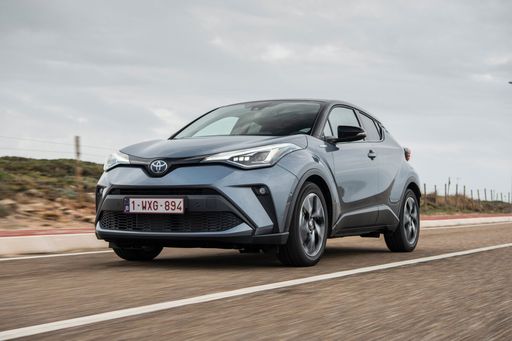 @ Toyota Motor Corporation
@ Toyota Motor Corporation
Toyota C-HR
Honda ZR-V
The Honda ZR-V blends smart practicality with sharper styling than you might expect, giving buyers a calm, competent companion for daily life. Inside it's comfortable and cleverly laid out, easy to live with and never trying too hard to be exciting.
details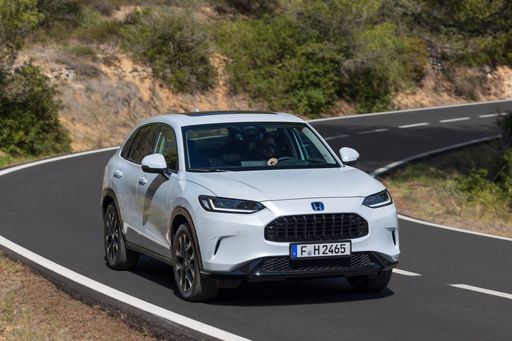 @ Honda Motor Co., Ltd.
@ Honda Motor Co., Ltd.
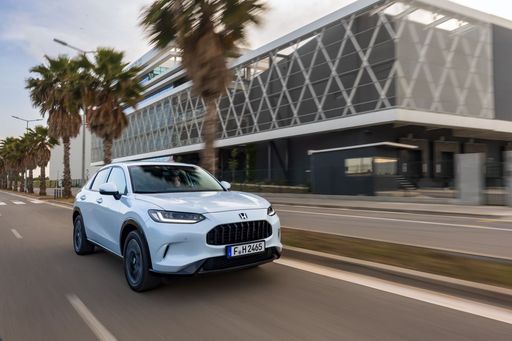 @ Honda Motor Co., Ltd.
@ Honda Motor Co., Ltd.
 @ Honda Motor Co., Ltd.
@ Honda Motor Co., Ltd.
 @ Honda Motor Co., Ltd.
@ Honda Motor Co., Ltd.
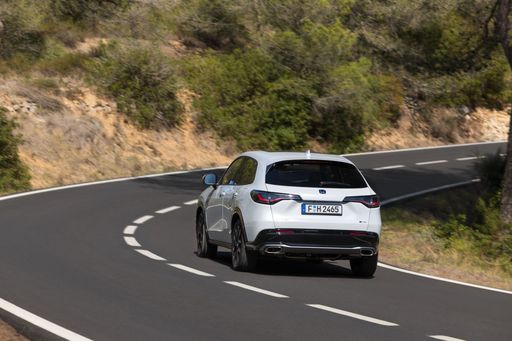 @ Honda Motor Co., Ltd.
@ Honda Motor Co., Ltd.
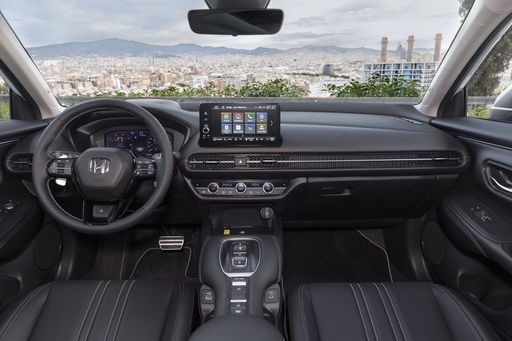 @ Honda Motor Co., Ltd.
@ Honda Motor Co., Ltd.
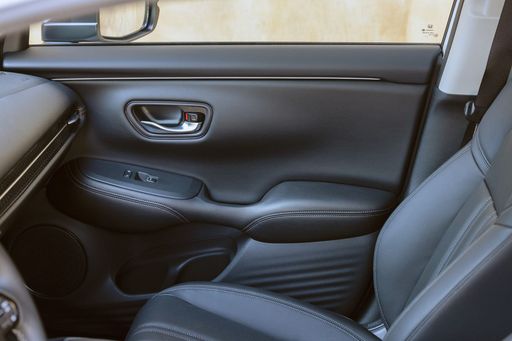 @ Honda Motor Co., Ltd.
@ Honda Motor Co., Ltd.
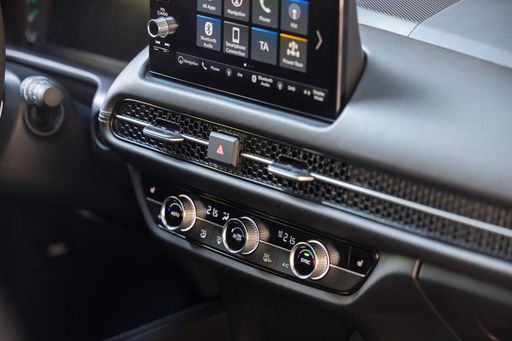 @ Honda Motor Co., Ltd.
@ Honda Motor Co., Ltd.
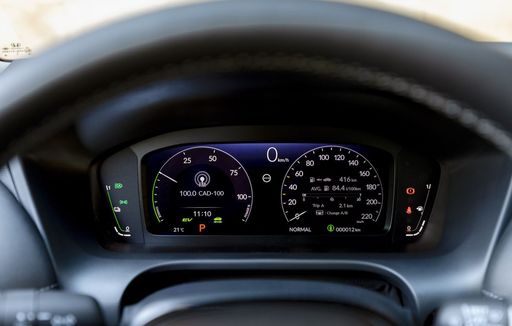 @ Honda Motor Co., Ltd.
@ Honda Motor Co., Ltd.
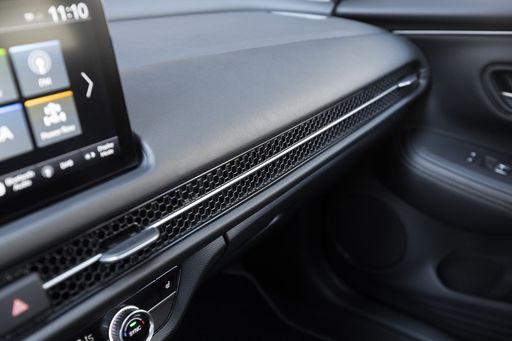 @ Honda Motor Co., Ltd.
@ Honda Motor Co., Ltd.
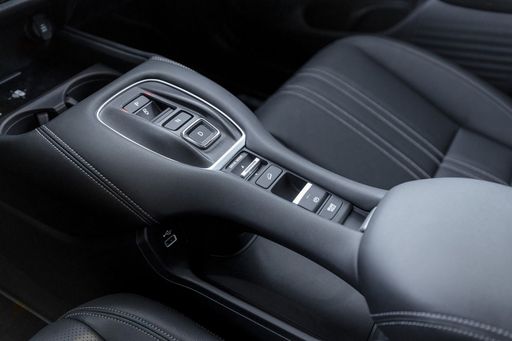 @ Honda Motor Co., Ltd.
@ Honda Motor Co., Ltd.
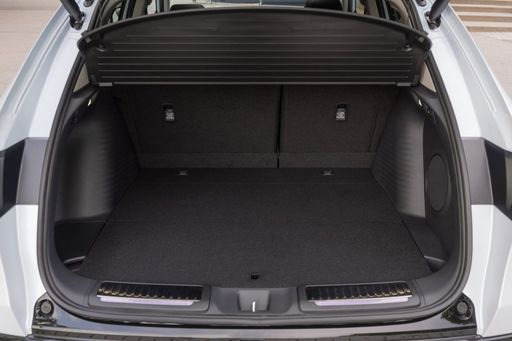 @ Honda Motor Co., Ltd.
@ Honda Motor Co., Ltd.
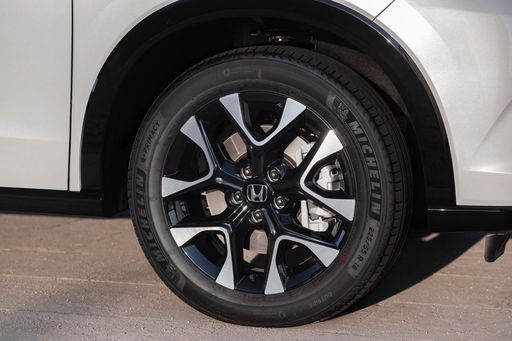 @ Honda Motor Co., Ltd.
@ Honda Motor Co., Ltd.
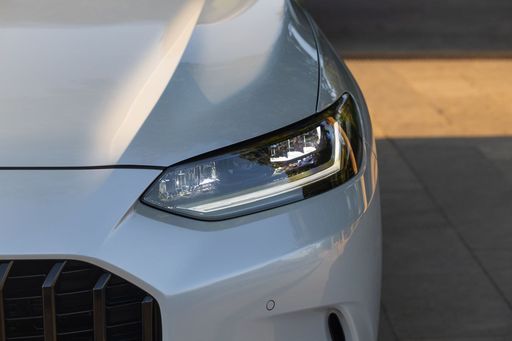 @ Honda Motor Co., Ltd.
@ Honda Motor Co., Ltd.
 @ Honda Motor Co., Ltd.
@ Honda Motor Co., Ltd.
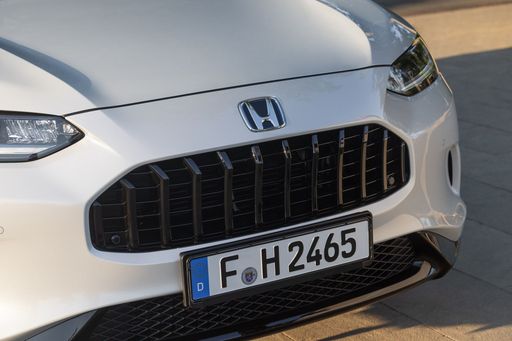 @ Honda Motor Co., Ltd.
@ Honda Motor Co., Ltd.
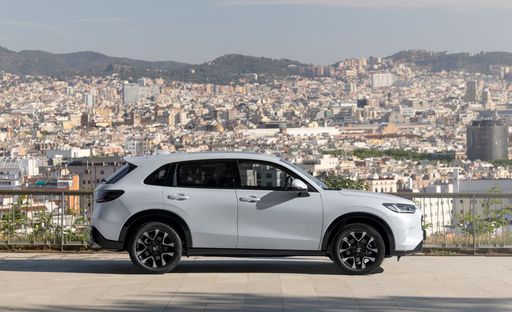 @ Honda Motor Co., Ltd.
@ Honda Motor Co., Ltd.
Toyota C-HR
The Toyota C-HR cuts a striking figure with its angular styling and coupe-like profile, so you’ll never go unnoticed in the supermarket car park. It balances everyday practicality with a nimble, city-friendly personality, making routine commutes feel a touch more fun without asking for forgiveness.
details @ Toyota Motor Corporation
@ Toyota Motor Corporation
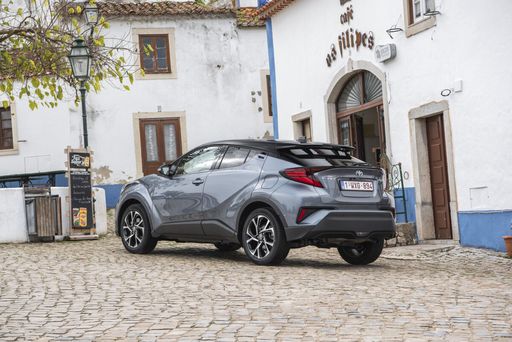 @ Toyota Motor Corporation
@ Toyota Motor Corporation
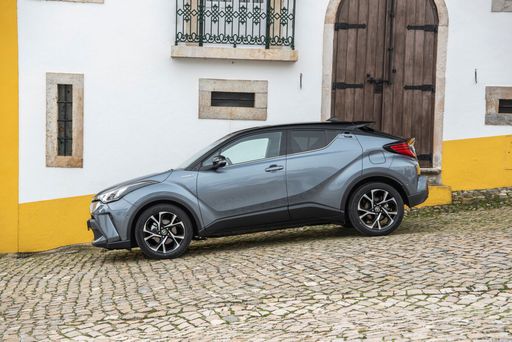 @ Toyota Motor Corporation
@ Toyota Motor Corporation
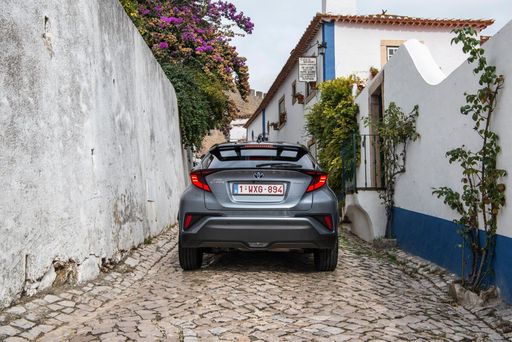 @ Toyota Motor Corporation
@ Toyota Motor Corporation
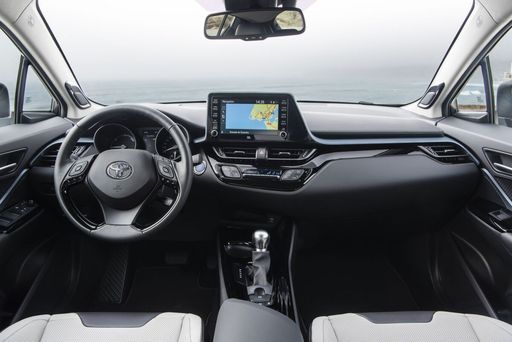 @ Toyota Motor Corporation
@ Toyota Motor Corporation
 @ Honda Motor Co., Ltd.
@ Honda Motor Co., Ltd.
|
 @ Toyota Motor Corporation
@ Toyota Motor Corporation
|
|
|
|
Costs and Consumption |
|
|---|---|
|
Price
36800 - 40400 £
|
Price
29100 - 42800 £
|
|
Consumption L/100km
5.7 - 5.8 L
|
Consumption L/100km
0.8 - 5.1 L
|
|
Consumption kWh/100km
-
|
Consumption kWh/100km
-
|
|
Electric Range
-
|
Electric Range
68 km
|
|
Battery Capacity
-
|
Battery Capacity
-
|
|
co2
130 - 132 g/km
|
co2
17 - 115 g/km
|
|
Fuel tank capacity
57 L
|
Fuel tank capacity
43 L
|
Dimensions and Body |
|
|---|---|
|
Body Type
SUV
|
Body Type
SUV
|
|
Seats
5
|
Seats
5
|
|
Doors
5
|
Doors
5
|
|
Curb weight
1660 - 1710 kg
|
Curb weight
1505 - 1755 kg
|
|
Trunk capacity
370 - 380 L
|
Trunk capacity
350 - 447 L
|
|
Length
4568 mm
|
Length
4362 mm
|
|
Width
1840 mm
|
Width
1832 mm
|
|
Height
1613 mm
|
Height
1558 - 1564 mm
|
|
Max trunk capacity
1291 - 1312 L
|
Max trunk capacity
1076 - 1155 L
|
|
Payload
440 - 455 kg
|
Payload
375 - 425 kg
|
Engine and Performance |
|
|---|---|
|
Engine Type
Full Hybrid
|
Engine Type
Full Hybrid, Plugin Hybrid
|
|
Transmission
-
|
Transmission
Automatic
|
|
Transmission Detail
-
|
Transmission Detail
CVT
|
|
Drive Type
Front-Wheel Drive
|
Drive Type
Front-Wheel Drive, All-Wheel Drive
|
|
Power HP
184 HP
|
Power HP
140 - 223 HP
|
|
Acceleration 0-100km/h
7.8 - 8 s
|
Acceleration 0-100km/h
7.4 - 9.9 s
|
|
Max Speed
173 km/h
|
Max Speed
175 - 180 km/h
|
|
Torque
315 Nm
|
Torque
-
|
|
Number of Cylinders
4
|
Number of Cylinders
4
|
|
Power kW
135 kW
|
Power kW
103 - 164 kW
|
|
Engine capacity
1993 cm3
|
Engine capacity
1798 - 1987 cm3
|
General |
|
|---|---|
|
Model Year
2025
|
Model Year
2024 - 2025
|
|
CO2 Efficiency Class
D
|
CO2 Efficiency Class
C, B
|
|
Brand
Honda
|
Brand
Toyota
|
What drivetrain options does the Honda ZR-V have?
The Honda ZR-V is available as Front-Wheel Drive.
The prices and data displayed are estimates based on German list prices and may vary by country. This information is not legally binding.
